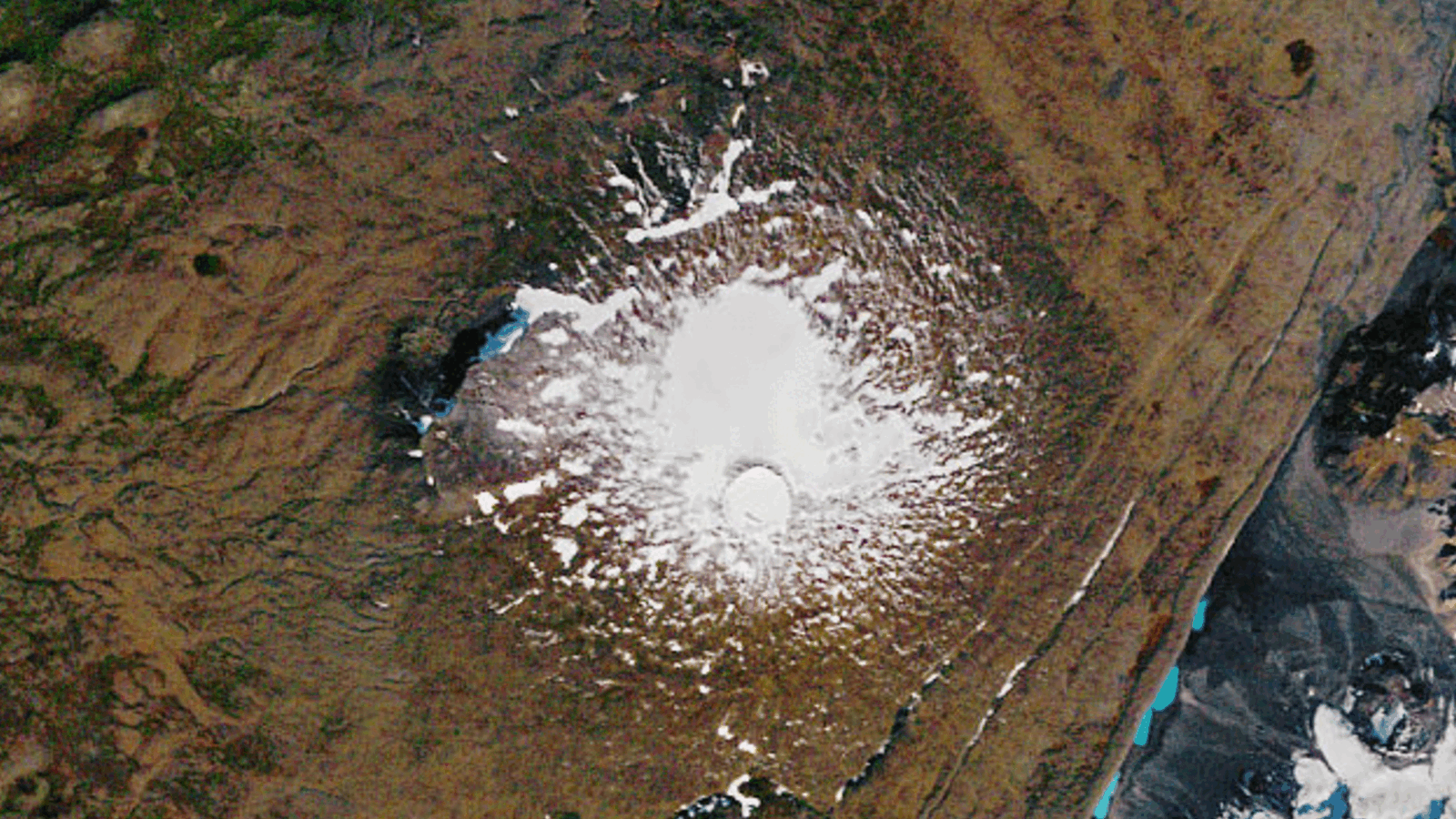When you buy through links on our site , we may earn an affiliate deputation . Here ’s how it forge .
SAN FRANCISCO — Though they appear to be frozen giant , glacier and deoxyephedrine sheets can move and change in unexpected shipway over time , according to a new database that is now tracking the movement of chalk , including the extent of its melt and tedious creep into the sea .
With mental imagery and data from Landsat 8 , an Earth - monitor satellite , scientist atNASAand the U.S. Geological Survey ( USGS ) are trail the speed of glacier ' trend and melt . These observation are in"near real time " and aid to well promise how global sea levels will be affected byclimate modification , the researchers say .

This photo, acquired in 2015, shows the velocity of ice in southeastern Alaska near Malaspina and Hubbard glaciers.
The so - called Global Land Ice Velocity Extraction ( GoLIVE ) undertaking apply observations from Landsat 8 , as well as historic data from older Landsat satellites . By compare data from Landsat 8 , which see the Earth ’s integral airfoil every 16 days , the GoLIVE squad can chase insidious change in theglacier , such as hump and dunes , the researchers pronounce . Ted Scambos , a senior research scientist at the National Snow and Ice Data Center at the University of Colorado Boulder and the Colorado lead for the GoLIVE project , state Landsat 8 can even capture changes in a glacier ’s " hide . " [ Photo Gallery : living Inside a Glacier ]
" Not only are we able-bodied to represent the glacier clump where there are large crack and high - contrast feature film , but [ we can ] also [ map ] thesurface of the deoxyephedrine sheeteven where it ’s smooth , down to these snow - dune features , " Scambos aver here Monday ( Dec. 12 ) in a tidings briefing at the annual meeting of the American Geophysical Union . " By being capable to track with higher preciseness what the surface texture looks like , we can actually map the flux tegument of the water ice sheet . "
Such observations were previously extremely hard , if not insufferable , for researcher to make . The first clip scientist studied a surging glacier in particular , they did so via yearly subject area research , say Mark Fahnestock , a professor in the Geophysical Institute at the University of Alaska Fairbanks . Scientists visited that glacier every class for 15 years , putting down interest during each sojourn . They then surveyed those wager to determine any change in the glacier .

But these very big , remoteglacial systems in Alaskacould experience sped - up thawing issue for month without scientists taking notice , Fahnestock said .
" We ’ve entered an epoch where instead of a cowcatcher telling us a glacier is changing , or rather of a field political party recognizing a change in one of the 242 glacier followed , we are actually follow on a calendar month - by - month basis with Landsat 8 , " Fahnestock said . " We are now watching all of the outlet glaciers on Earth change in near real time . "
Twila Moon , a research scientist at the University of Bristol in the United Kingdom , joked that rather than researching several glacier over hundreds of years , the GoLIVE project allows for the cogitation of hundreds of glaciers over several age .

The undertaking could also " launch a thousand ship " in footing of international enquiry into glacier , Scambos say . As a public database , the project will allow for scientist around the world to conduct more effectual field research , according to the GoLIVE time , because scientist will have better " situational awareness " of a given glacier before research it in person .
One other authoritative significance , Scambos said , is that the data take it clear that theglaciers are melting .
" By presenting the data in an easy - to - understand way of life , it makes it obvious what ’s blend in on in the world ’s optic , and that the world is changing and that there ’s no attempt to hide it at all , " Scambos said . " It makes it unmingled as day that we have a commute Earth . "

Original clause onLive Science .
















